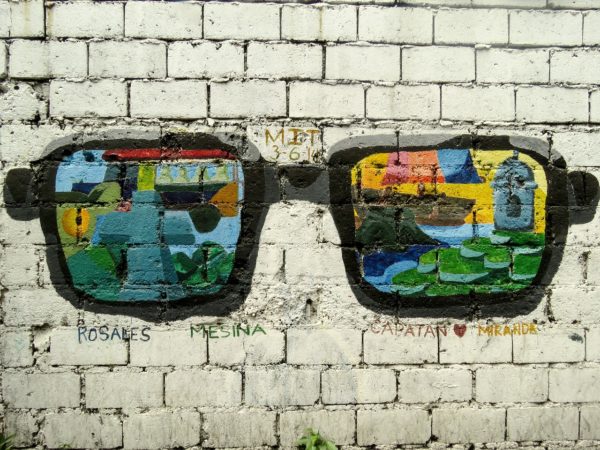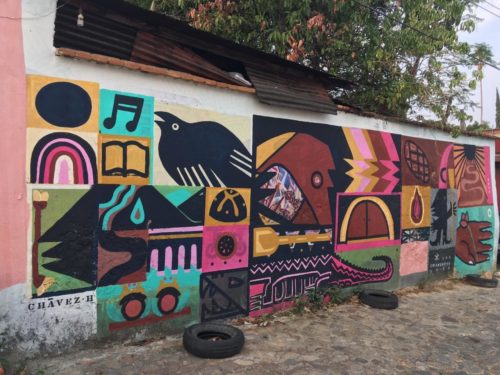Is Street Art a Relatively New Phenomenon? Why Urban Art is Taking the Art Scene by Surprise
Street art is very interesting, and this urban art continues to evolve andB grow in popularity. You may credit the street art of today with the graffiti artists of the 70s and 80s, but is this where the true origin of street art began?
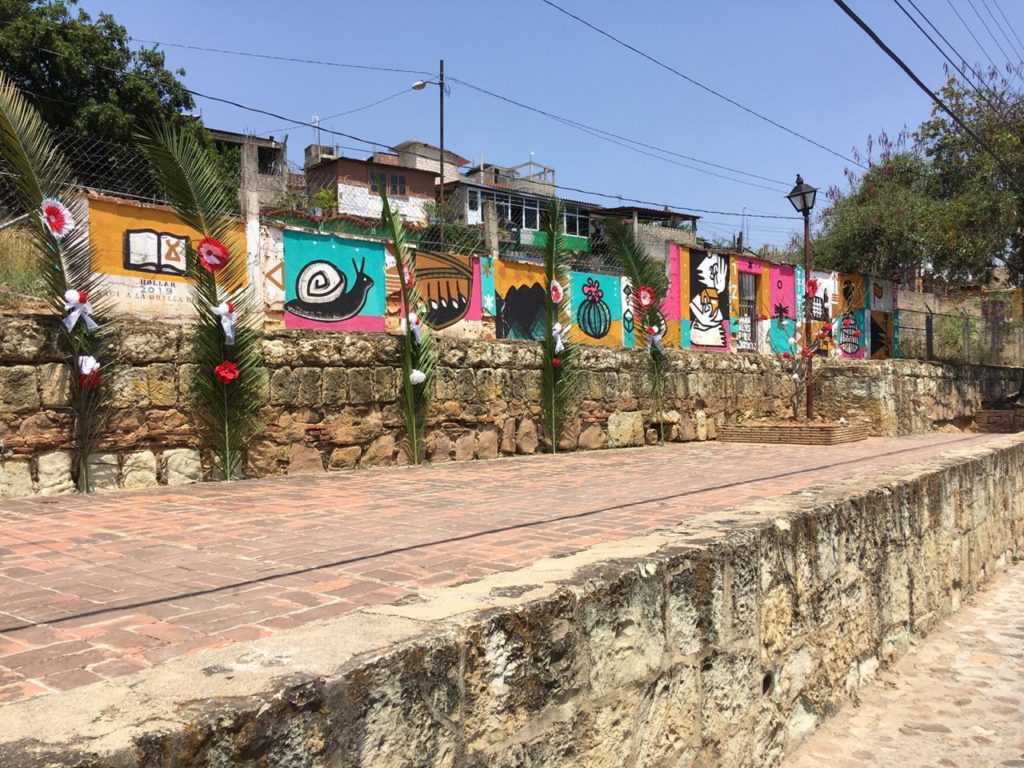

The ancient world had street art, and the Romans loved it Pompei’s ruins show us that there were artists working on street art at the time. Graffiti on the walls may not have been as colorful or vibrant as today, but we do see walls adorned with gladiators.
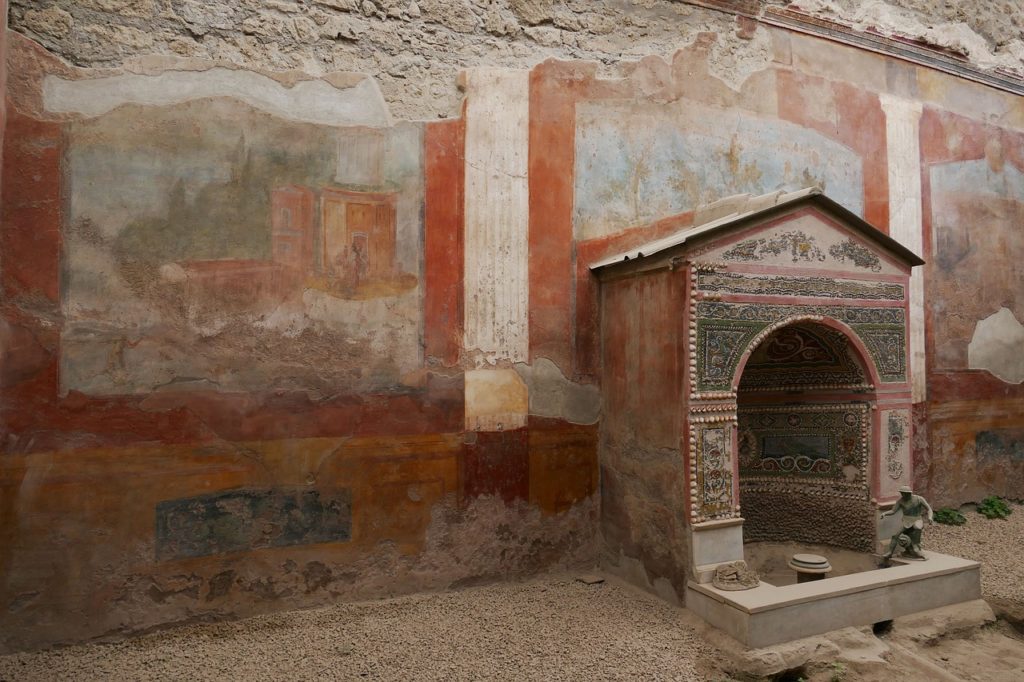

Latin was used on the works, and the works were very basic.
What we have learned from these works is that humans have a need for basic expression. You’ll want to fast-forward to the 6th and 7th century BCE at a Roman market in Athens. There were many forms of urban artists at the time, and we can find examples of street art that shows:
- Christianity rising
- Gatherings in public squares for competition
- Inscriptions of vendors and what they sold at these spots
An interesting depiction we also see is how common and accepted sexual graffiti was at the time. There is also graffiti from:
- Ancient Sinai
- Ancient Aramaic
- Egypt
What does this all mean?
In the ancient Sinai and Egyptian cultures, much of the street art were actual prayers given to those who passed away. In these cultures, the art was almost like a final goodbye to some of the people at the time.
Urban culture and urban environments have a way of breathing life into street art and graffiti. The theme and concepts seem to change over time, but people still go to street art as a form of expression.
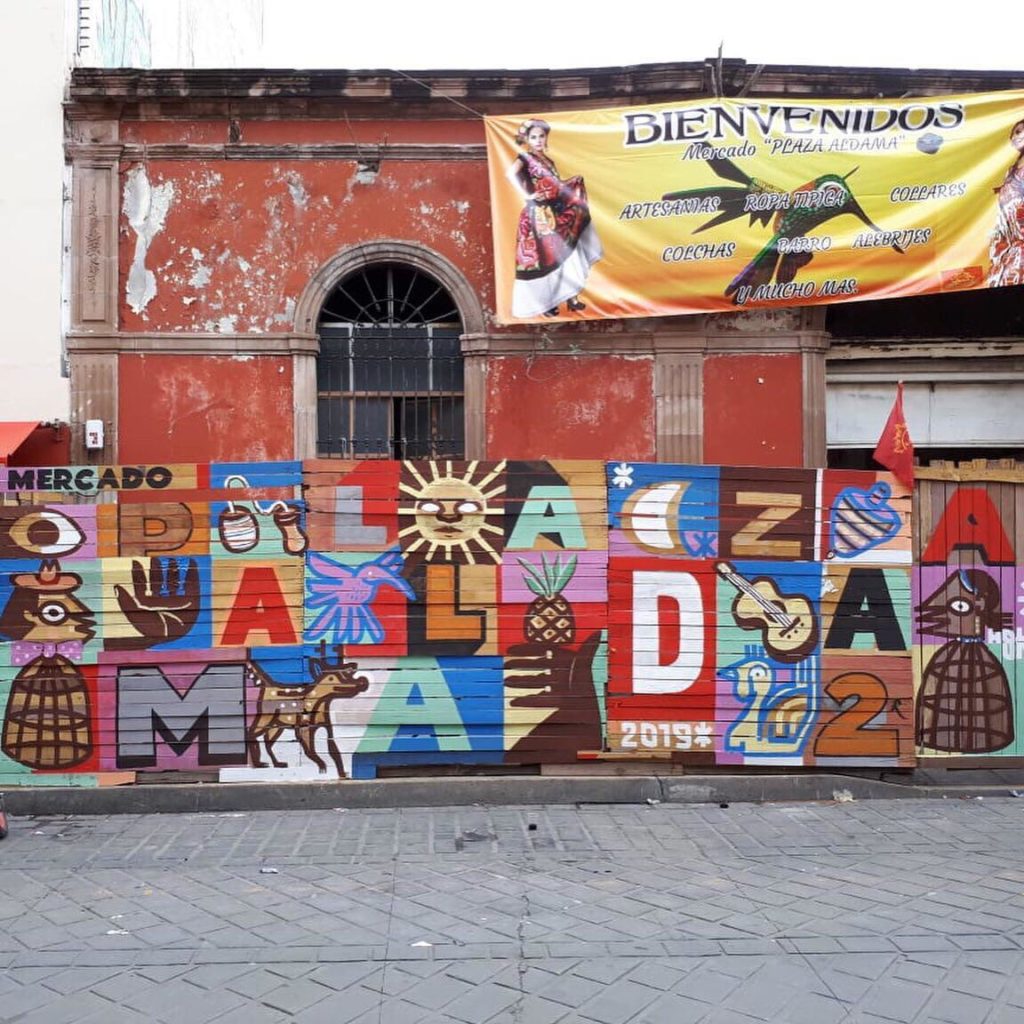

World War II and Graffiti in More Modern Times
We skipped over 1,000 years of history, but you can be sure that there was always graffiti of some kind marking the walls. These artists may not have been as well-known as Banksy, but they were still able to make their own impact through street art.
If you go to World War II, you have soldiers that were on the front lines of a war in a country completely foreign to them.
And these soldiers created such close bonds between each other because they relied on each other for survival. Graffiti or street art at the time had to deal with what was going on in the world. A lot of the street art was a simple message from American soldiers: Kilroy was here.
The British soldiers started to use what they called “Chad.”
Australian soldiers had their own “Foo.”
While many did not realize it at the time, these “cute” pieces of art were helping fuel something much bigger two centuries later. Artists in the 60s really started to embrace the urban lifestyle and started using graffiti as a form of expression.
The urban centers are perfect for these artists, who often find that their biggest canvas is the side of a building or a bridge.
When you’re trying to express yourself, it’s often best to go to the biggest stage possible. These artists will use their urban environment to display their art to the world.
New York was the epicenter of the street art world in the 60s, 70s and 80s. When you would look at subways or travel in the subway, it was almost impossible to miss the names, drawings and words of an artist.
Art is and was everywhere in the subway.
The trend started to spread to other major cities, but all cities had their own “thing.” A lot of artists would use these spaces to essentially claim their “turf.” Then the 80s came around, and this is where we see the street art of today truly coming into form.
80s Street Art and American Hip-hop
The 80s was an interesting time to be alive, and a lot of things were changing. The war was well behind this generation, and paychecks were rising. But there was also a lot of poverty rising and another trend which has been able to stick around: hip-hop.
You see, street art has been known to be a form of vandalism.
Street artists would go out in the middle of the night, and the reason why they made their art at night was because it was illegal. The hip-hop culture started to refine street art, and then came one massive change that would change everything for street artists.
Art galleries started to realize that street art was gaining popularity. Some galleries in New York stopped calling these works of art “vandalism” and started calling it what it really is: art.
2000s Usher in the Mainstream Street Artist
Urban lifestyle remains the same in the 2000s, and a lot of people are trying to find their own form of expression. Street art is relatively new and is what people transitioned to after decades of their works being called “graffiti.”
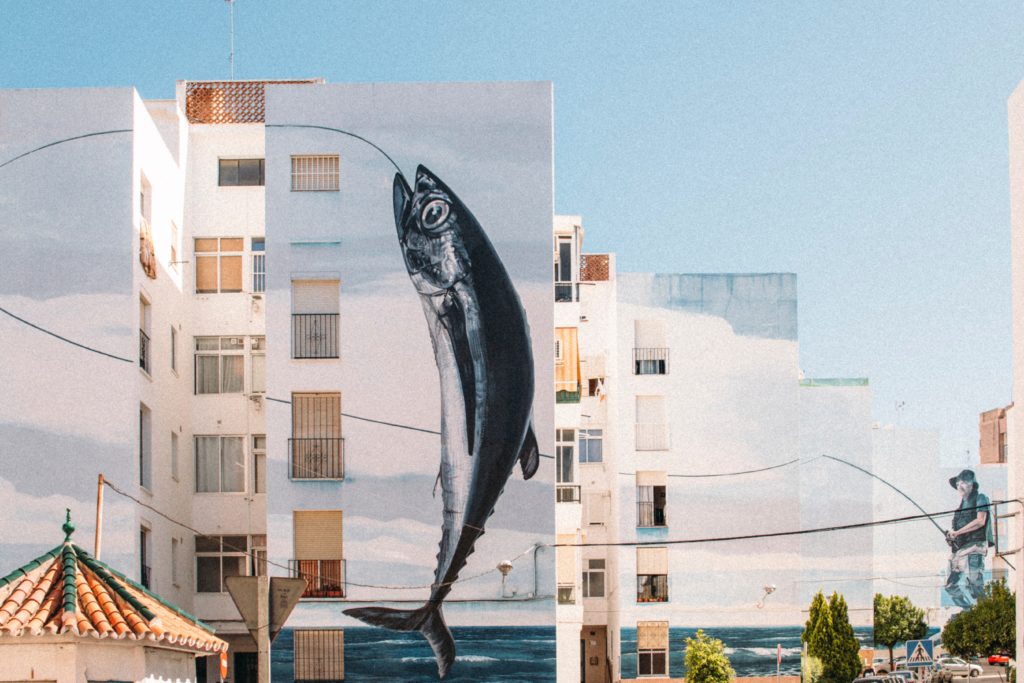

Banksy became a celebrity, working in the middle of the night and creating works that the world began to love.
He remains anonymous because he doesn’t want to be famous, or perhaps it’s one of the best stunts in the art world. His works sell for hundreds of thousands of pounds, and he has sold works of art that are priced over a million pounds.
When you’re selling art at these prices, it’s safe to say that the street artist of today has become a serious figure in the art world.
Street artists are growing in number, not from a trend but because of the wide acceptance of street art worldwide. People are taking notice, and when one person finds success, others are sure to follow in their footsteps.
But there is one thing that is truly holding back the street artist of today: legality.
Graffiti artists are arrested, fined and penalized every year. These artists are rather popular, but sometimes, they are obscure and arrested when creating their very first work of art.
Street art is difficult to define because it’s an evolving form of art, and while in the past, the works were simple, we’ve seen street artists create works of art that are extremely detailed. It's an amazing culture, and for many of these artists, it’s the one way that they’re able to reach the masses with the street art that they create.
Art is and always will be a form of expression.
We’re also starting to see graffiti artists turn on some of their heroes, such as Banksy. A lot of his works have started to be vandalized, and people claim that the rise of “art hate” is here. These artists are starting to deface his work because Banksy has gone commercial with his art.
He sells his pieces for more money than the average artist will make in a lifetime, and some of the artists claim that he has “sold his soul to the devil.”
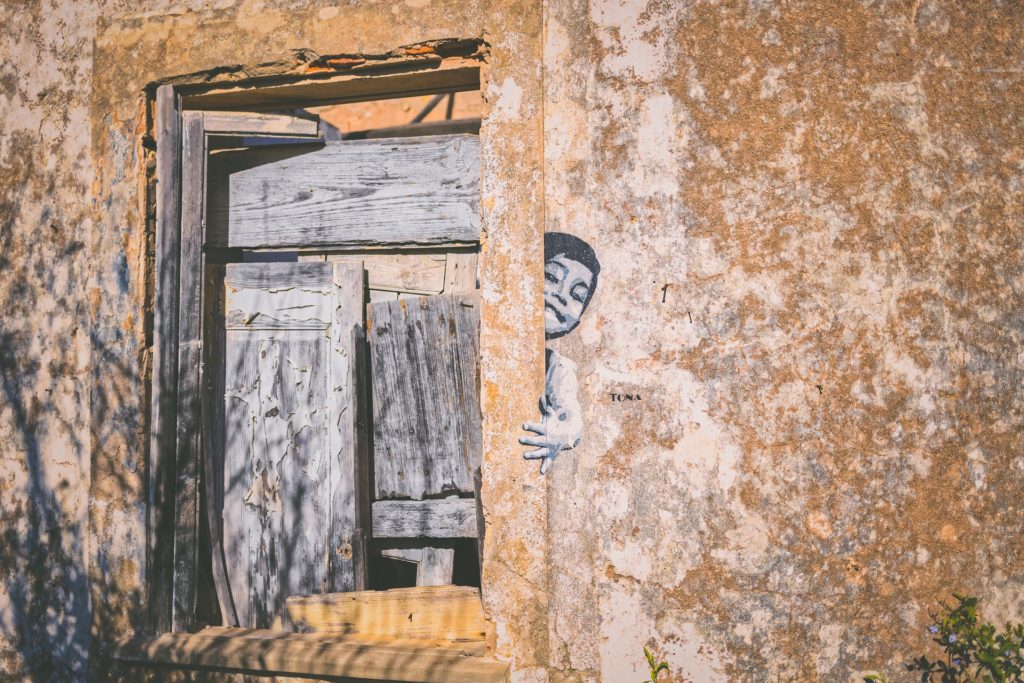

Urban art continues to take the art world by surprise thanks to artists like Banksy who dare to bring their work to the public eye. Urban art is a true creation of culture, and even the rise of art hate is fueling street art to new heights. It's a form of art that has long waited to be in the spotlight, and as more museums and artists accept street art, it continues to take the art scene by surprise.
If you are interested in Cawamo’s artwork, please visit our online gallery: https://voluptart.org/





